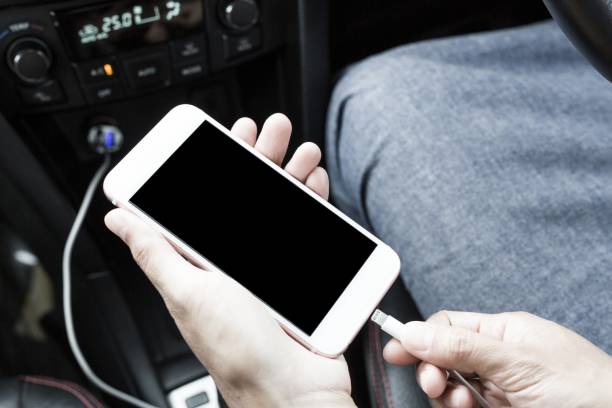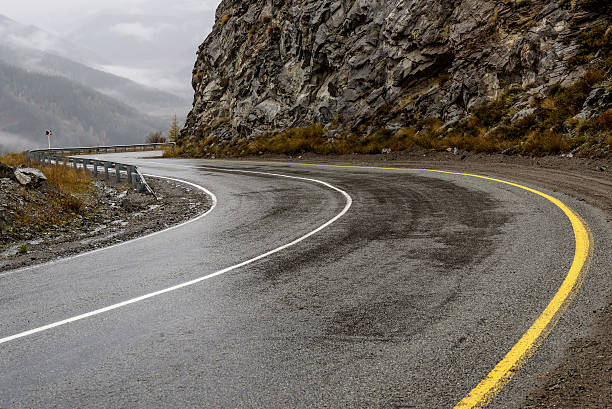The South African Weather Service has reported rainy weather across parts of the country this week,

Picture: iStock
Most provinces in the country will be experiencing moderate to heavy rain this week as the autumn season begins. These conditions will result in slower traffic, higher chances of road accidents and car breakdowns.
Here are some tips to ensure you don’t get caught in the commotion.
1. Check to make sure your car is in full working condition

Picture: iStock
Whether it’s a broken window or faulty tyre, a small problem with your car can be compounded when combined with wet weather and traffic.
Make sure your tyres are working properly for better road holding, check your oil and water, and inspect any other functions like the brakes, which could potentially slow you down.
2. Anticipate dangerous situations around you

Picture: iStock
Danger lurks on every corner when driving in wet weather. There’s always a negligent driver speeding impatiently on the road or someone too busy on their phone to notice the cars around them.
Make sure you keep your eyes locked around your car so that you are better equipped to react to situations on the road before they happen.
3. Charge your cellphone in case of an emergency

Picture: iStock
Nothing is worse than your car breaking down on the road and having no way of contacting your car insurance, towing service or emergency contact.
In these weather conditions, having a fully charged phone could be the difference between being stranded and getting help when a disaster strikes on the road.
4. Brake before you make a turn

Picture: iStock
Braking before you turn into another road could save you from slipping on wet roads and hitting another car. If you’ve been driving in the rain for a while without applying your brakes, gently apply them to dry them.
Always maintain a four to eight second distance between cars so you are able to react accordingly.
5. Drive slower for better traction

Picture: iStock
It’s common practice to drive at a much slower pace and low gear when it’s raining because its easier to anticipate what other cars are going to do.
Keep your hazards on during extreme wet weather and check that your windscreen wipers are working properly. All of these could lessen the chance of a collision happening.
6. Know and find alternate routes
Picture: iStock
It could save you time and stress to take an alternate route that is less flooded or has less traffic.
If you use a community-based GPS navigation app like Waze, you could get driving directions, live traffic reports and alerts about car accidents, road conditions, police, hazards and alternate routes to your destination.
Read the original article on Alberton Record
For more news your way, download The Citizen’s app for iOS and Android.





